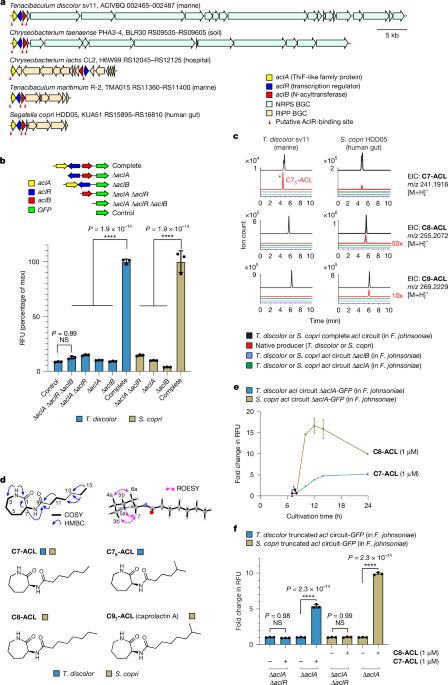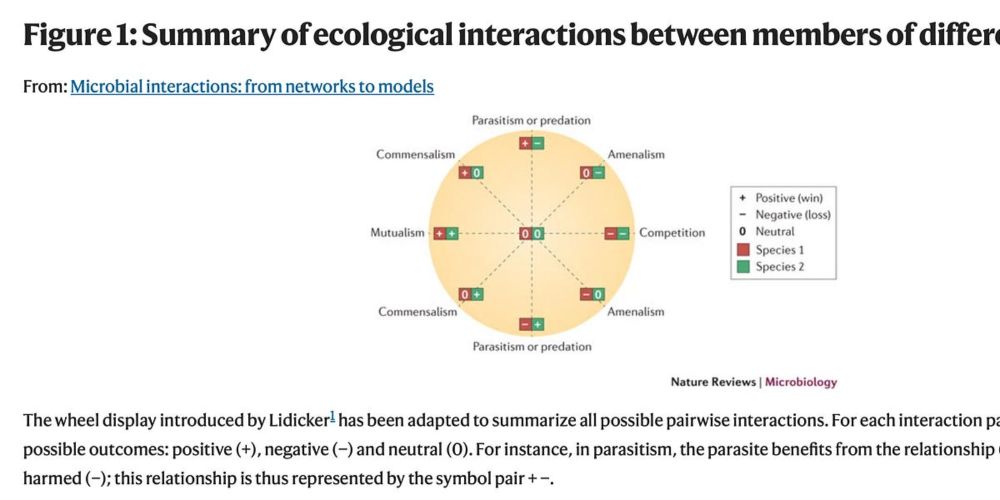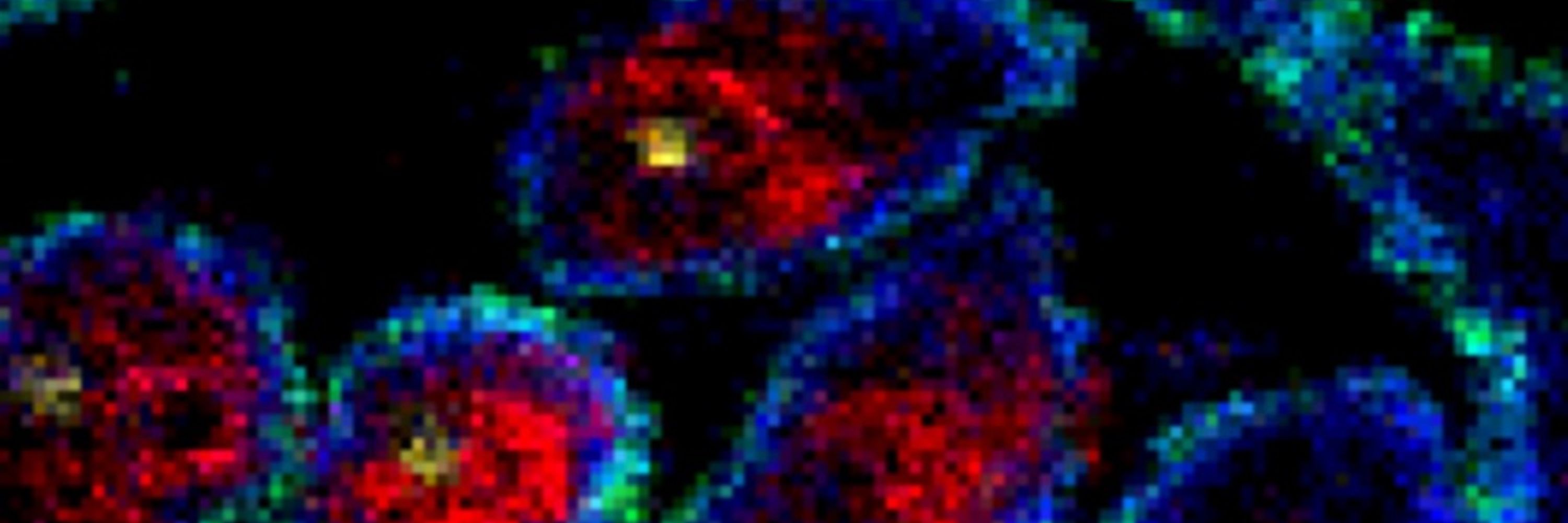

#metabolomics @jjjvanderhooft.bsky.social

#metabolomics @jjjvanderhooft.bsky.social
www.biorxiv.org/content/10.1...

www.biorxiv.org/content/10.1...
pubs.acs.org/doi/10.1021/...
pubs.acs.org/doi/10.1021/...
pnas.org/doi/10.1073/....

pnas.org/doi/10.1073/....


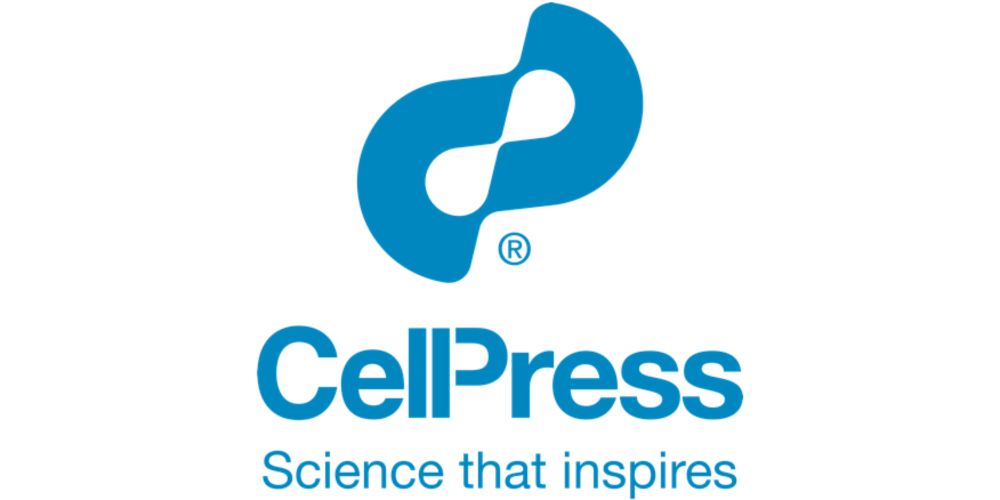
"Identification of gut bacteria reductases that biotransform steroid hormones" www.nature.com/articles/s41...

"Identification of gut bacteria reductases that biotransform steroid hormones" www.nature.com/articles/s41...
"Evolution of microbiomes and host-bacteria interactions in humans"
🧬 Catch it at 13:10 in Room Brown 3
#FEMS2025
@globalmicrobiome.bsky.social
microbiomeconservancy.org
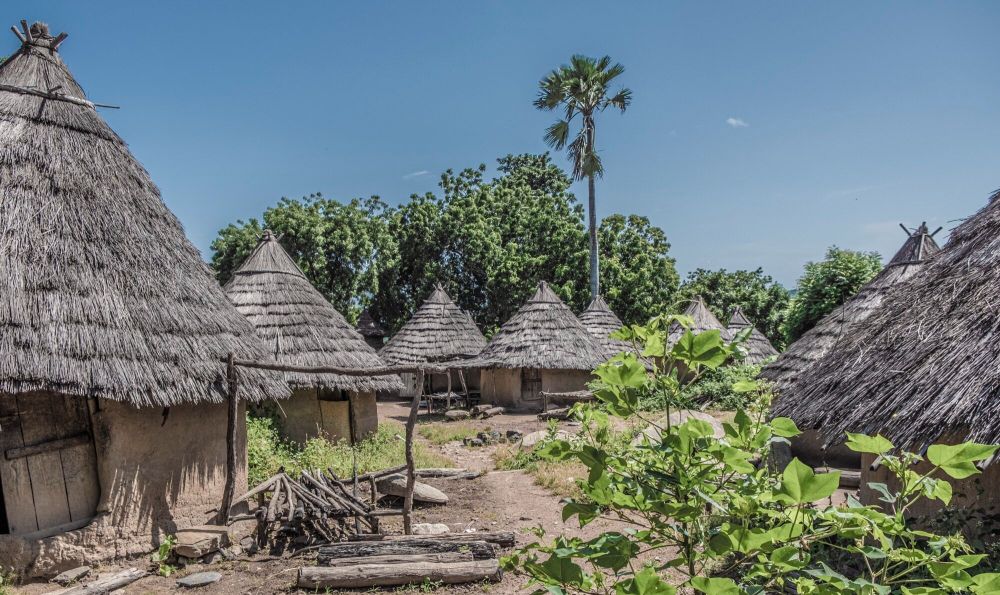
"Evolution of microbiomes and host-bacteria interactions in humans"
🧬 Catch it at 13:10 in Room Brown 3
#FEMS2025
@globalmicrobiome.bsky.social
microbiomeconservancy.org
@mpimarinemicrobio.bsky.social
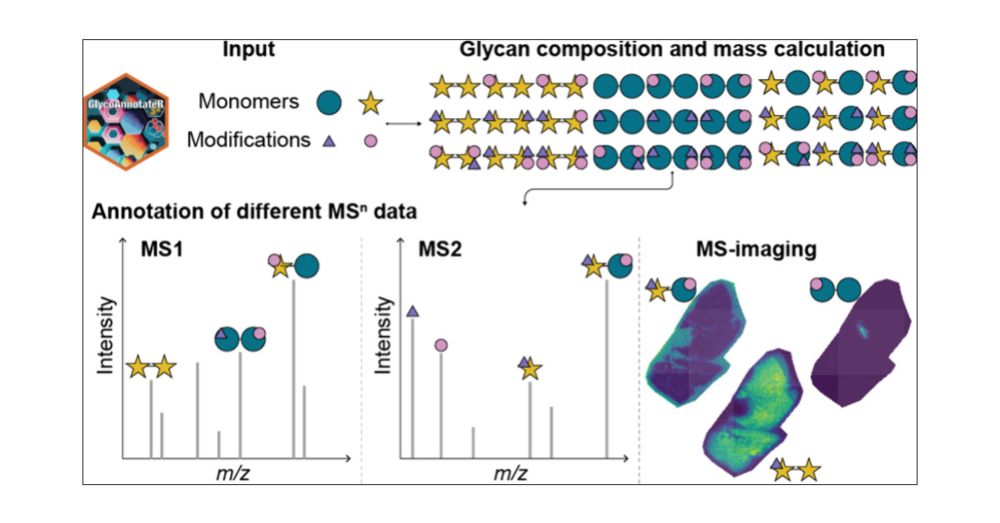
@mpimarinemicrobio.bsky.social

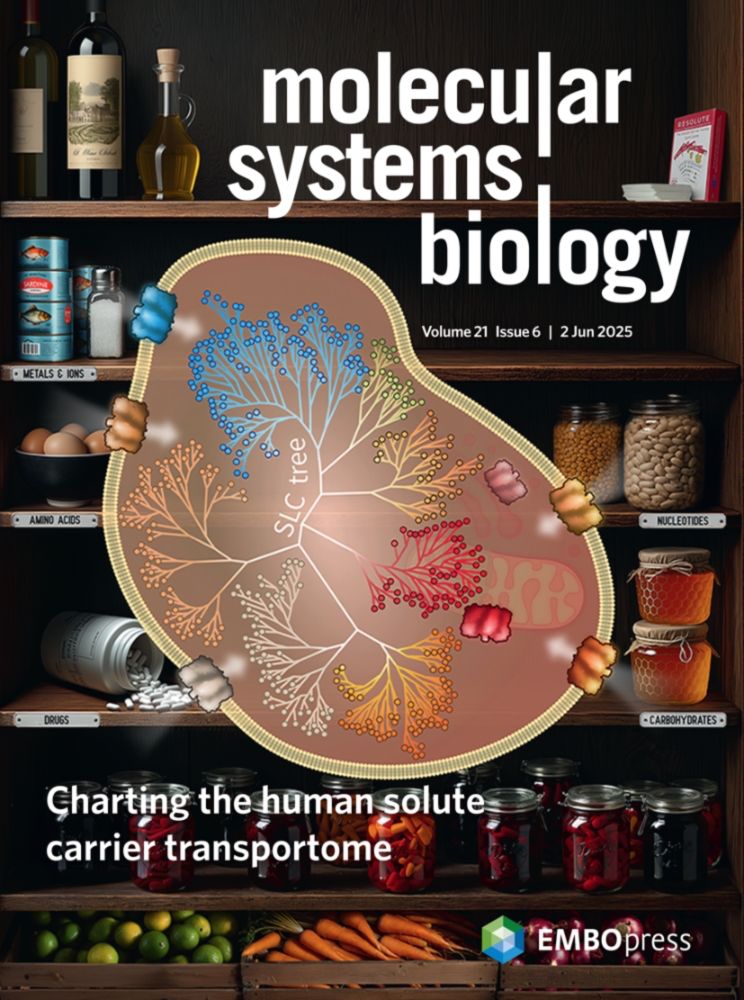
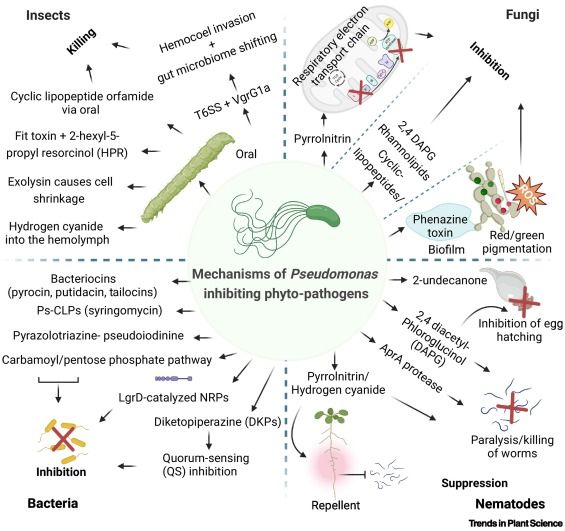


Together with my colleague Konrad Aden we are looking for a new team member #ECR. PM or email us for questions (see details www.arbeitsagentur.de/jobsuche/job...
Together with my colleague Konrad Aden we are looking for a new team member #ECR. PM or email us for questions (see details www.arbeitsagentur.de/jobsuche/job...
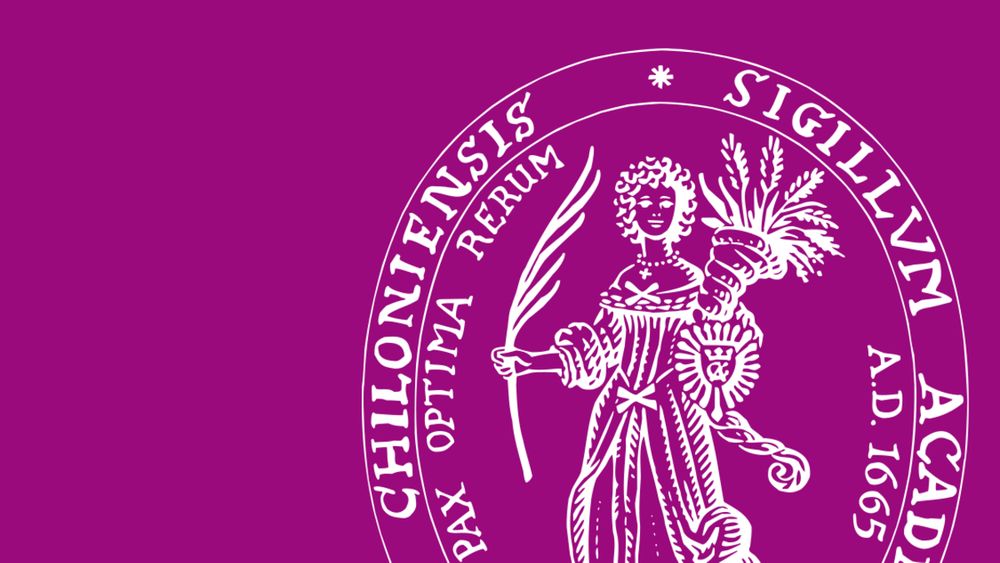
-in #ISMEJournal
academic.oup.com/ismej/advanc...

-in #ISMEJournal
academic.oup.com/ismej/advanc...

www.pnas.org/doi/10.1073/...
And yes, I know, Fig 1 looks like one of 'those' papers but please read on ...

www.pnas.org/doi/10.1073/...
And yes, I know, Fig 1 looks like one of 'those' papers but please read on ...



